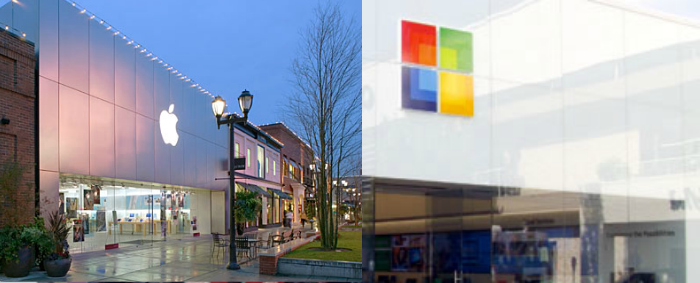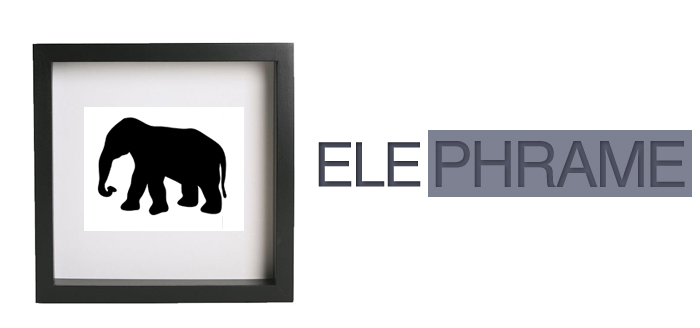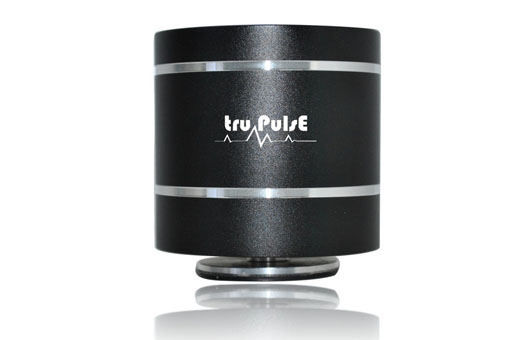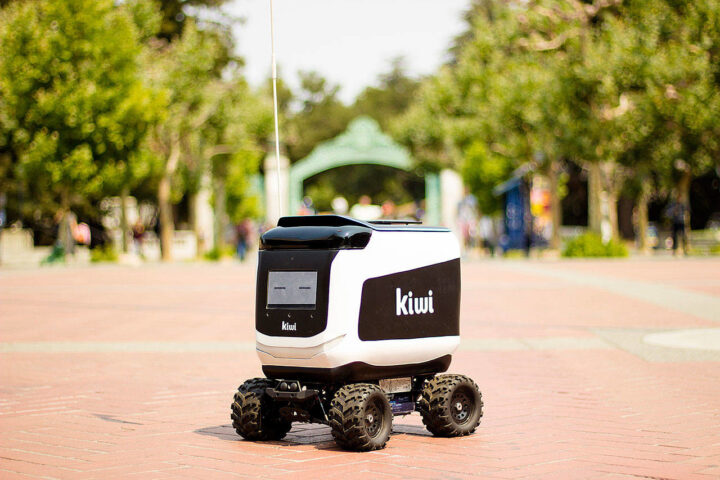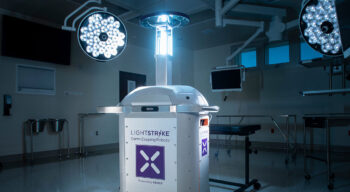In the University Village outdoor shopping mall nestled in the shadow of the University of Washington, two stores less than a football field away from each other are in the middle of an epic battle. The Apple store and the Microsoft store face each other. Only a few rows of cars and the heavy Seattle weather come between the glow of the white Apple logo and the colorful Microsoft logo.
Last weekend, I wandered into the Microsoft store with my husband and a friend to witness the fanfare of the Windows 8 release on Microsoft’s home turf. I was prepared to see the Windows 8 interface on the new Surface tablet, because I have spoken with a few companies who developed apps for the Windows 8 release, including IDC Projects in St. Louis. What did shock me was not the new Windows 8 features, but rather the striking resemblance between the Microsoft store and the Apple retail layout that I am used to.
In each city I travel to, I hit up the Apple store. In New York City, I made it a point to go to multiple stores on product release days like tweens flock to the first midnight showing of the Twilight movie series. It’s a can’t miss event. You might say this makes me biased against Microsoft retail no matter what, but it actually makes me have a more accurate critique of the Microsoft retail model as it stands today.
I secretly wanted the Microsoft retail experience to be awesome, or at least novel. Maybe we could all hang out and play with Xbox Kinect for awhile, then try out the Surface. We would go home knowing that Windows 8 was at least better than Android.
Instead, the Microsoft store was like a cheap knockoff of the Apple store, right down to the blue shirts and lanyards worn by the Microsoft employees. Instead of deep royal Apple blue, the shirts were a lighter blue. The Microsoft employees were cheerful and competent, but the employee who was demoing the Surface for us kept flipping the tablet around, attaching and detaching the keyboard in a dizzying performance that was more akin to juggling than showing how “easy” the Surface is to use. She noted that there are three ways to get back to the home screen, in case you “get lost” using Windows 8. Too bad she lost us at the first few flips of the tablet.
“Maybe instead of Apple Geniuses, they call themselves Microsoft Really Really Smart People,” my friend quipped.
The layout of the Microsoft store resembled that of the Apple store, with greeters at the door and rows of devices covering the tables. At the back of the store, a large piece of glass with the word Microsoft loomed over the space. Screens blasting colorful images of the Surface and Windows 8 covered the top few feet of wallspace below the ceiling. I’ll give this store 1 point for differentiation – at least the Microsoft store strayed from the zen-like aesthetic of the Apple Store. Many Apple stores have screens projecting messaging, for example above the genius bar in Chelsea, New York City. The Microsoft brand, however, is less about restraint and more about bravado.
After surveying the scene at Microsoft, we headed across the parking lot to the Apple store. The bustle in the Apple store was more subdued, but people were buying nonetheless. Many couples were paired up with an Apple employee getting their devices looked at or learning about the applications on their laptops. The iPad Mini was not in stores yet, so it was an average Sunday afternoon.
The legacy that Steve Jobs left behind in the Apple retail expansion that took place toward the end of is reign as CEO is the concept of “it just works”. At the Apple stores, everything just works. The employees are helpful but not pushy, and their stores are set up for efficacy rather than flash. If you have an item that is broken, you can go to the store and they will fix it for you. All of the employees know about all of the products, because the product line is streamlined and made by the company itself. Walk into a Microsoft store with a broken Acer laptop, and you’ll be lucky if the first person you talk to can identify the problem. It’s not the fault of the employees – it’s just the Microsoft doesn’t make the hardware.
There are a few clear differences between the stores at an operational level, but shopping at the Microsoft store feels like buying a knock-off Louis Vuitton bag. A bag is a bag is a bag, but like a designer bag knock-off, the stitching is a little crooked, and the seller is a little too eager to convince you that your purchase is “a good value”, when what you actually care about it is the quality of the leather. Microsoft should not be trying to beat Apple at its own game. Instead, the stores should strive for a different experience that communicates the unique value proposition of the Microsoft brand.

